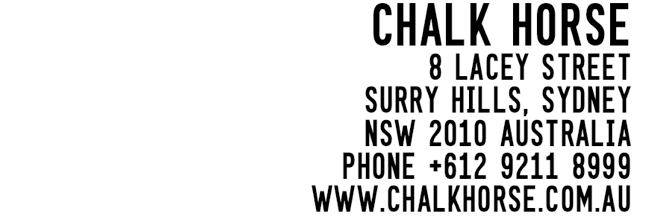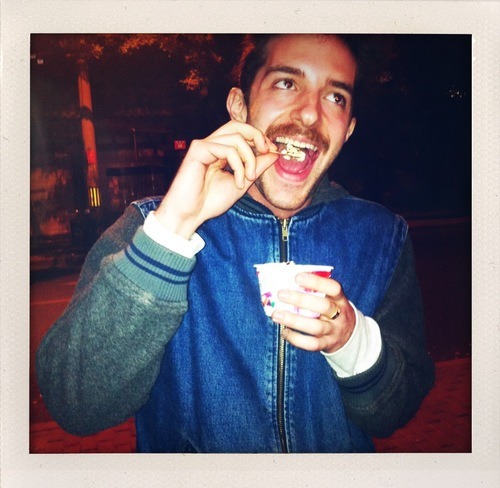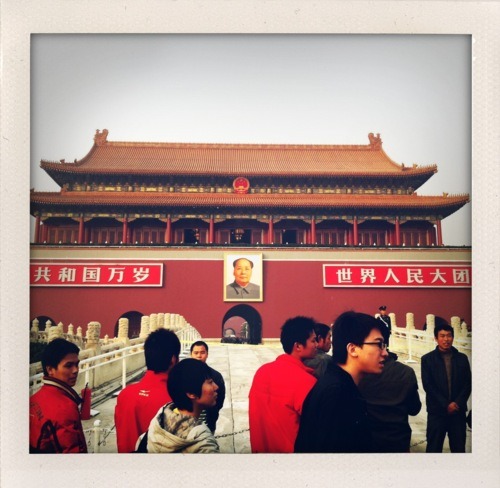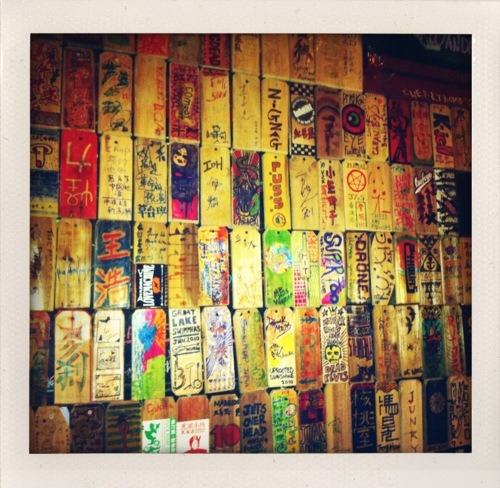The Grip / La Mainmise approaches the work of artists from Australia and South-East Asia (alongside European peers) through a post-colonial framework that refers to metaphors of childhood, history, and power to explore the practices and concerns of artists from this region.
 |
Douglas Gordon Blind Spencer (Mirror), 2002 cut photograph, 61x65.3 cm
collection Kadist Art Foundation |
| | | | | | | |
How do we grasp and hold onto the world? The Grip / La Mainmise is an exhibition project about knowledge – about the giving and taking of how we understand the world and the faith we hold in the putting-on of hands, in the law-giver and the forefather. The title is respectfully appropriated from the essay by Jean-François Lyotard, in which he writes of the affective grip (mancipium) of childhood and the adult fables of emancipation within the complex economy of the grip – the child whose hand is held lacks a hand.
The exhibition brings together artists whose works engage with the giving of knowledge and the phenomenology of power. Through performance, photography, film and installation, the works in this exhibition propose novel, returning gestures of taking-back, an image-based banditry that operates outside of the normal economies. The question is asked: How can artists liberate the image, profane the archive, and re-colonize ‘firstness’ or prior knowledge?
 |
Kate Mitchell Being Punctual, 2010
Videographer (part 1): Hugo O’Connor
Photographic still: Christopher Morris |
The Australian artistic duo and married couple
Ms&Mr re-inhabit their own video archive from a 1980s childhood, short-circuiting their shared and discrete histories with inspiration from Russian mystic Nikolai Fyodorov who believed immortality could be achieved through a ‘Religion of Resuscitative Resurrection’ – cosmic expeditions to reconnect with our grandfathers and ancestors. The absent, mirrored eyes of
Douglas Gordon’s Spencer Tracy see but cannot be seen. What might we make of Tracy as icon, playing in his long career The Old Man, a universal father, and a Nuremburg judge?
Kate Mitchell brings an athletic, Australian subversion to the French icon of the chandelier, in a work that moves across durational performance, public projection and video. Her intensive and physical taking-over of the still and civilized light fixture is played out in the Paris streets, yet performed on the other side of the world.
 |
Ms&Mr Frame Drag, 1988 / 2009
archived VHS, HDV and animation, silent, 1080p, 16:9
3:57 min (loop) installation view |
Also featured are Singaporean artist Ho Tzu Nyen, Thai artist Arin Rungjang, and Israeli-born artists Michal Chelbin.
A catalogue of works is available upon request.
Click here to enquire. Kadist Art Foundation is a private foundation initiated in 2001. It is dedicated to promoting contemporary art through the constitution of an art collection and the organization of exhibitions and residencies in its space in Paris. Kadist’s intention is to be actively involved in the promotion and international dimension of contemporary art.









































